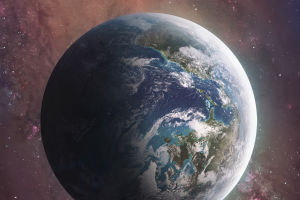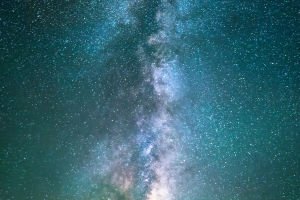On March 14, 2023, skywatchers worldwide will be treated to a rare astronomical event: a total solar eclipse. During a solar eclipse, the moon passes between the sun and the Earth, casting a shadow on the Earth's surface.
For those lucky enough to be in the path of totality, the sun will be completely blocked out by the moon, revealing the sun's corona and creating a breathtaking celestial spectacle.
A total solar eclipse is a rare event, occurring only about once every 18 months somewhere on Earth. However, not every location on Earth will be able to see the total eclipse. The path of totality for the March 14 eclipse will pass over a narrow band of land stretching from the Pacific Ocean, across the western United States, and ending in the Atlantic Ocean.
Outside of this path, viewers will see a partial eclipse, where only a portion of the sun is obscured by the moon.
The path of totality for the March 14 eclipse will begin in the Pacific Ocean, east of New Zealand, at around 4:00 pm Eastern Time (ET) on March 13, 2023. It will then move eastward across the Pacific, passing over parts of Australia and New Zealand before reaching the southern tip of South America.
From there, it will move northeastward across the Atlantic Ocean, passing over parts of Africa before ending at around 6:00 pm ET on March 14, 2023.
If you are lucky enough to be in the path of totality for the March 14 eclipse, you will experience a truly awe-inspiring event. During the few minutes of totality, the sky will darken, and the temperature may drop noticeably.
Animals may behave unusually, thinking that night has fallen. The sun's corona, or outer atmosphere, will be visible as a wispy, ethereal glow around the blacked-out sun. This is a rare opportunity to witness one of the most beautiful natural phenomena in the world.
However, it is important to observe safety precautions when viewing a solar eclipse. Looking directly at the sun can cause permanent eye damage, even blindness. The only safe way to observe a solar eclipse is by using special solar filters or viewing devices, such as eclipse glasses or solar binoculars.
These filters block out most of the sun's harmful rays, allowing you to safely view the eclipse without damaging your eyes.
In addition to being a stunning spectacle, solar eclipses have also played an important role in scientific discovery. By studying the sun's corona during a total solar eclipse, scientists have been able to learn more about the sun's magnetic field and the structure of its outer atmosphere.
In fact, the discovery of helium is credited to observations made during a total solar eclipse in 1868.
So mark your calendars for March 14, 2023, and start planning your eclipse viewing party! Whether you're in the path of totality or viewing a partial eclipse from outside the path, this is an event you won't want to miss.
Just remember to observe safety precautions when viewing the eclipse, and you'll be able to enjoy one of the most beautiful and awe-inspiring natural phenomena on Earth.


